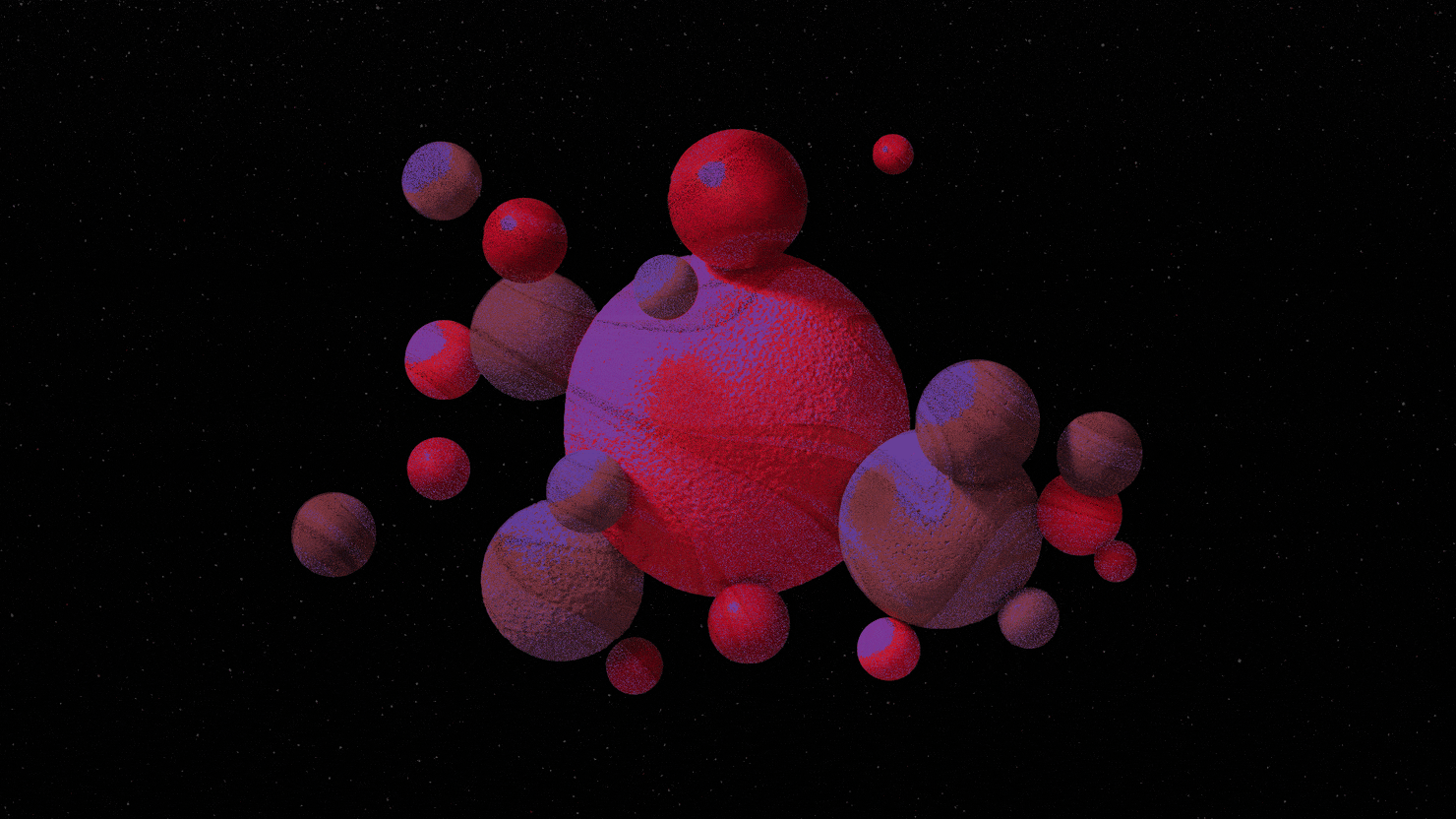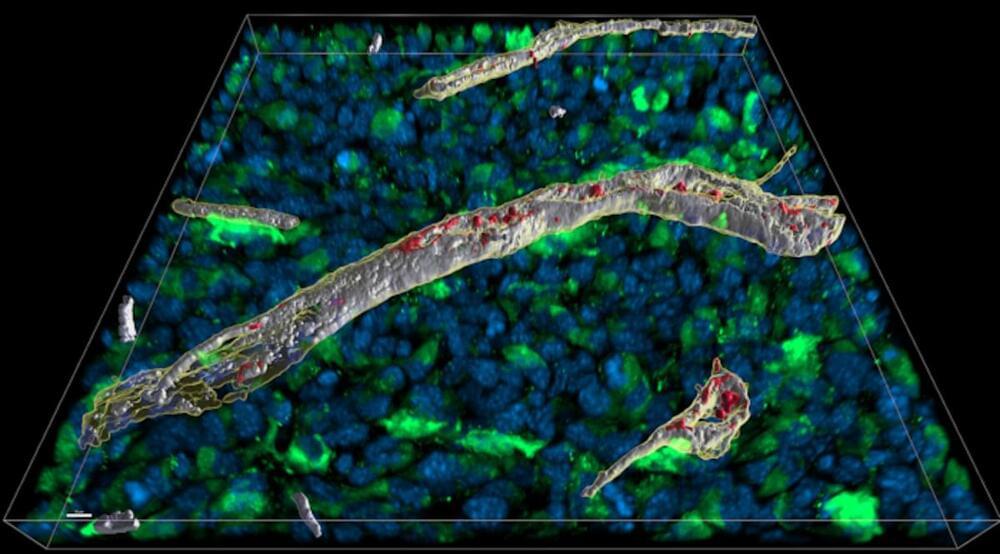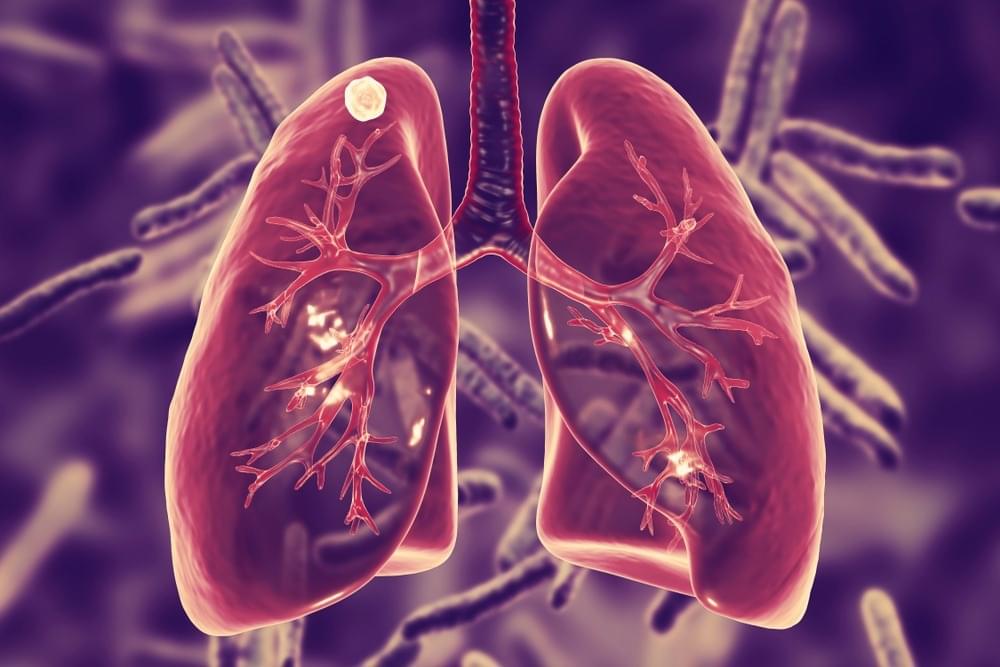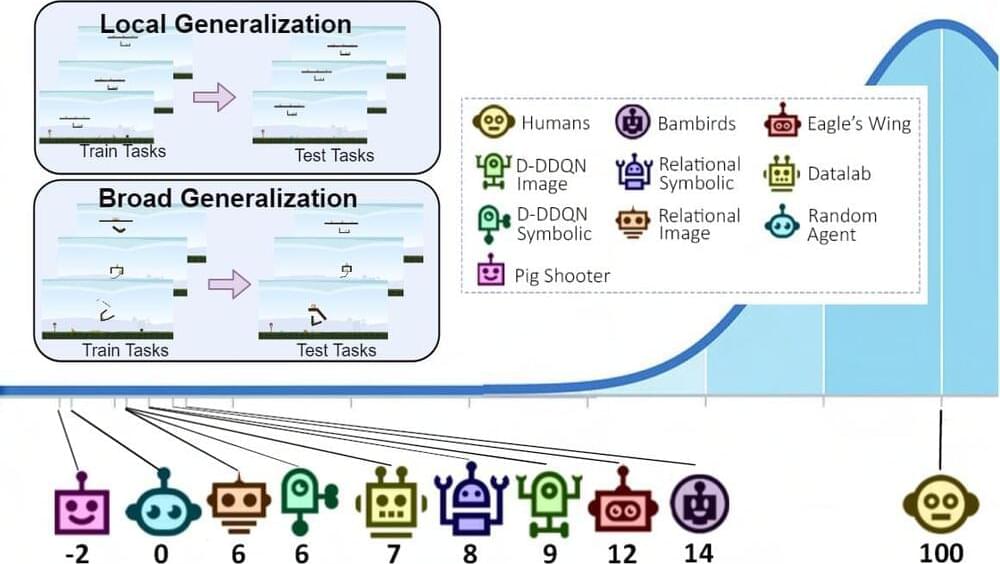A complete guide to conversational AI in 2023 that help machines understand, process, and respond to human language.
Shares of Alphabet slid during the event, suggesting that investors were hoping for more in light of growing competition from Microsoft.
Google’s event took place just one day after Microsoft hosted its own AI event at its headquarters in Redmond, Washington. Microsoft’s event centered around new AI-powered updates to the company’s Bing search engine and Edge browser. Bing, which is a distant second to Google in search, will now allow users get more conversational responses to questions.
Jefferies sees Microsoft stock climbing to $310 a share as the tech titan adds AI features to its Bing and Edge search browsers.
Alphabet shares tumbled Wednesday after a Reuters report said an advertisement for Google’s newly unveiled AI chatbot Bard contained an inaccurate answer to a question aimed at showing the newly unveiled tool’s capability.
Shares of the company fell as much as 8.9% to $98.04 the lowest price since January 31 and barely pared the decline heading into afternoon trade.
Reuters reported an ad published by Google on Twitter featuring a GIF video of Bard — which Google CEO Sundar Pichai on Monday introduced as its “experimental AI service” — offered an incorrect response to a question about NASA’s James Webb Space Telescope.
O.o! If the universe is some sorta hologram then this could be a clue to our actual reality.
Last December, the Nobel Prize in Physics was awarded for experimental evidence of a quantum phenomenon that has been known for more than 80 years: entanglement. As envisioned by Albert Einstein and his collaborators in 1935, quantum objects can be mysteriously correlated even when separated by great distances. But as strange as the phenomenon may seem, why is such an old idea still worthy of the most prestigious award in physics?
Coincidentally, just weeks before the new Nobel laureates were honored in Stockholm, another team of respected scientists from Harvard, MIT, Caltech, Fermilab and Google reported that they ran a process on Google’s quantum computer that could be interpreted as a wormhole. Wormholes are tunnels through the universe that can function as a shortcut through space and time and are loved by science fiction fans, and although the tunnel realized in this latest experiment only exists in a two-dimensional toy universe, it could be a breakthrough for the future represent research at the forefront of physics.
But why does entanglement have to do with space and time? And how can it be important for future breakthroughs in physics? Properly understood, entanglement means that the universe is what philosophers call “monistic,” that is, at the most fundamental level, everything in the universe is part of a single, unified whole. It is a defining property of quantum mechanics that its underlying reality is described in terms of waves, and a monistic universe would require universal functioning. Decades ago, researchers such as Hugh Everett and Dieter Zeh showed how our everyday reality can emerge from such a universal quantum mechanical description. But it is only now that researchers such as Leonard Susskind and Sean Carroll are developing ideas as to how this hidden quantum reality could explain not only matter but also the structure of space and time.
The immune system can mount crucial defenses when our bodies are threatened by pathogens. But those defenses have to be carefully contained. When processes in the human system go awry, serious diseases can result. Now scientists have learn more about how connective tissue works to control inflammatory molecules so they can act locally but don’t spread throughout the body. The findings have been reported in Nature Immunology.
Cytokines are immune signaling molecules, and they help T cells communicate. Interferon-gamma is one cytokine that plays a critical role in the elimination of bacterial and viral invaders. Scientists have discoverd that this molecule uses a sequence of four amino acids to bind to the extracellular matrix that connects cells and mediates interactions between them. Interferon-gamma gets caught in that connective tissue, and cannot spread to other areas.
In a recent study published in the Radiology, researchers performed a single-center, open-label randomized controlled trial (RCT) to investigate whether commercial artificial intelligence (AI)-debased computer-aided design (CAD) system could improve the detection rate of actionable lung nodules on chest radiographs.
Actionable nodules are Lung Imaging Reporting and Data System (Lung-RADS), Category 4 nodules. These might be solid nodules larger than eight mm or subsolid nodules with a solid area spanning over six mm.
Studies have not prospectively explored the impact of AI–based CAD software in real-world settings.
The bar seems to be pretty high. But it’s not like ChatGPT is perfect.
Artificial intelligence technology has drawn massive fanfare from investors this year amid the growing popularity of ChatGPT, which launched in November and has helped its maker, OpenAI, nab a staggering $29 billion valuation. Alphabet’s Bard announcement came one day before Microsoft held a press conference to tout an investment in OpenAI that has helped shares of the Silicon Valley staple surge nearly 20% over the past month. “This is just the first step on the AI front,” Ives told clients in a note after the event, reiterating an outperform rating for shares.
Despite the apparent flub, Bank of America analysts have said they’re bullish on Google’s AI strategy, writing in a note to clients that Google is “well prepared with years of investment” in the technology to capture a significant part of the market, particularly since its search engine has a large distribution advantage, as compared to Microsoft. Nevertheless, the analysts warn safety issues including result inaccuracy or bias, disinformation and the potential use of models for harm are key risks.
“AI is the most profound technology we are working on today,” Alphabet CEO Sundar Pichai said as he announced the new chatbot this week.
Researchers have learned much about neutrinos over the past few decades, but some mysteries remain unsolved. For example, the standard model predicts that neutrinos are massless, but experiments say otherwise. One possible solution to this mass mystery involves another group of neutrinos that does not interact directly via the weak nuclear force and is therefore extremely difficult to detect. David Moore of Yale University and his colleagues have proposed a way to search for these so-called sterile neutrinos using a radioactive nanoparticle suspended in a laser beam [1].
Moore and his colleagues suggest levitating a 100-nm-diameter silica sphere in an optical trap and cooling it to its motional ground state. If the nanoparticle is filled with nuclei that decay by emitting neutrinos—such as certain argon or phosphorous isotopes—then electrons and neutrinos zipping from decaying nuclei should give it a momentum kick. By measuring the magnitude of this kick, the team hopes to determine the neutrinos’ momenta. Although most of these neutrinos will be the familiar three neutrino flavors, sterile neutrinos—if they exist—should also occasionally be emitted, producing unexpectedly small momentum kicks. Moore says that monitoring a single nanoparticle for one month would equate to a sterile-neutrino sensitivity 10 times better than that of any experiment tried so far.
Moore and his team are currently working on a proof-of-principle experiment using alpha-emitting by-products of radon, which result in a larger momentum kick. Once the techniques are optimized, they expect that switching to beta-decaying isotopes will let them see heavy sterile neutrinos in the 0.1–1 MeV mass range. Introducing more quantum tricks to manipulate the nanoparticle’s quantum state will make future experiments sensitive to even lighter sterile neutrinos.
Humans are innately able to reason about the behaviors of different physical objects in their surroundings. These physical reasoning skills are incredibly valuable for solving everyday problems, as they can help us to choose more effective actions to achieve specific goals.
Some computer scientists have been trying to replicate these reasoning abilities in artificial intelligence (AI) agents, to improve their performance on specific tasks. So far, however, a reliable approach to train and assess the physical reasoning capabilities of AI algorithms has been lacking.
Cheng Xue, Vimukthini Pinto, Chathura Gamage, and colleagues, a team of researchers at the Australian National University, recently introduced Phy-Q, a new testbed designed to fill this gap in the literature. Their testbed, introduced in a paper in Nature Machine Intelligence, includes a series of scenarios that specifically assess an AI agent’s physical reasoning capabilities.









